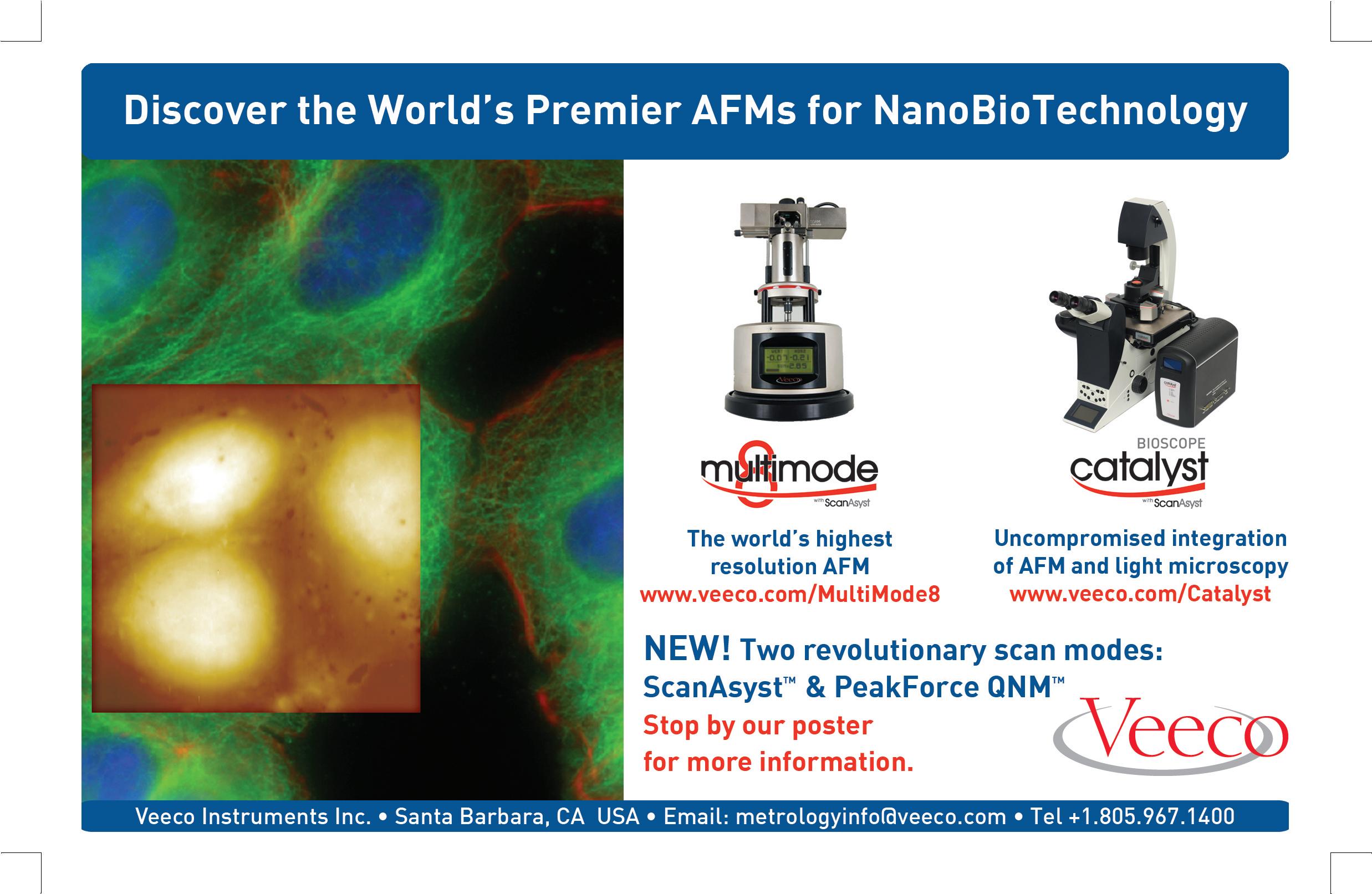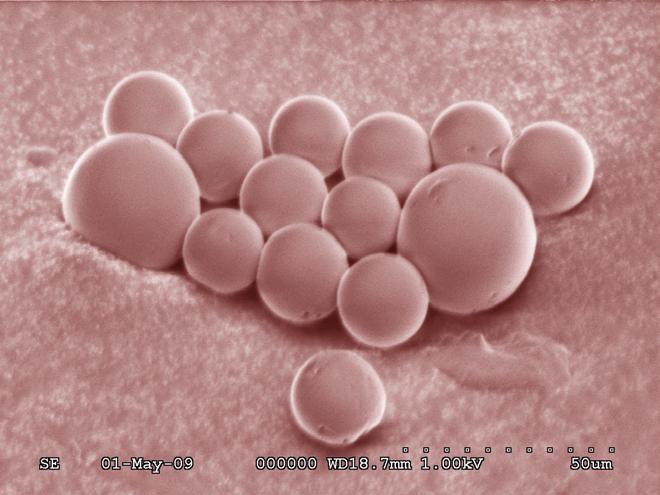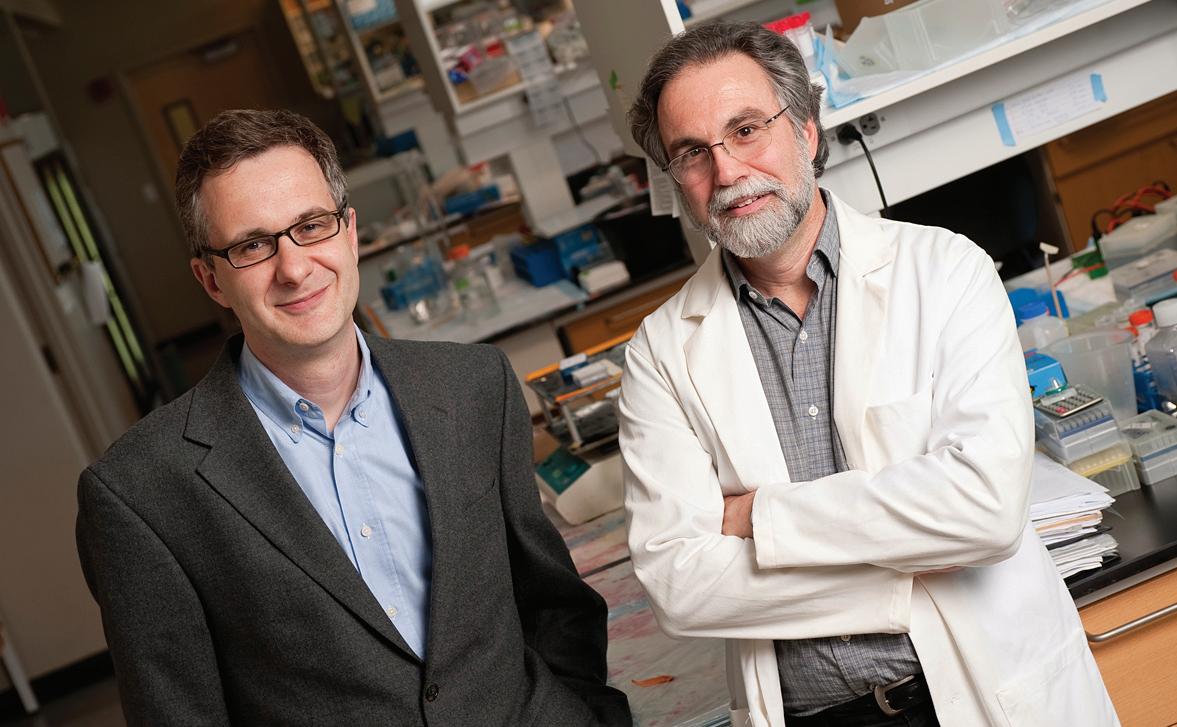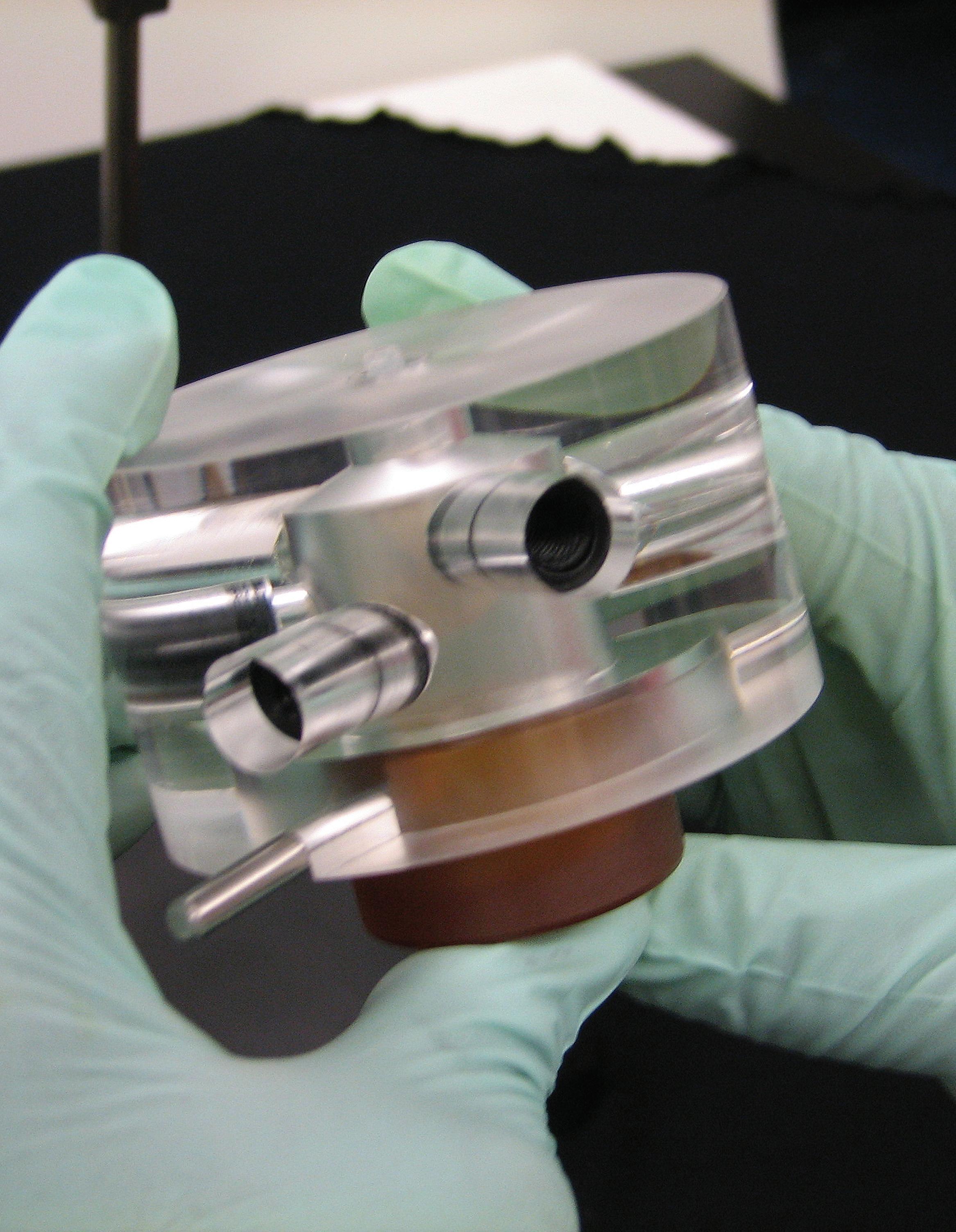
7 minute read
Animation Studio
Eye-catching animations that Help Visualize the Nanoworld

Advertisement
By Mary SpIro
The Animation Studio at Johns Hopkins Institute for NanoBioTechnology (INBT) continues to expand and produce more eye-popping animations to help describe science too small to see.
Animation studio director Martin Rietveld currently supervises the work of two students formally enrolled in the independent study course, Animation in Nanotechnology and Medicine. Two other previously enrolled students have continued on in the studio as assistants.
“Exciting visuals that show exciting science will keep being useful for INBT in its education as well as its outreach efforts,” Rietveld said. “This also applies to the newly launched Engineering in Oncology Center. The ability to communicate abstract concepts in mere seconds is strongly present in animation. It is therefore an excellent means for telling the story behind any type of science but in particular the kind that takes place on the nanoscale.”
Still images from recently completed projects can be seen here. Upcoming projects include an illustration of the process of cancer metastasis based on the work of Denis Wirtz, director of the Engineering in Oncology Center and Smoot Professor of Chemical and Biomolecular Engineering. Another movie will show the differentiation of stem cells into blood vessels, based on the research of Sharon Gerecht, assistant professor, also in Chemical and Biomolecular Engineering.
Students who have enrolled in the Animation in Nanotechnology and Medicine course have come from diverse departments at Johns Hopkins University, as well as from the Maryland Institute College of Art. Rietveld expects participants to be self-starters and self-directed learners, using online tutorials to get up to speed on the various software programs needed to make the animations. Prior to the development of each animation, students learn about the research through interviews with the faculty members and graduate students involved in the work and by reading the current literature on the subject. The course follows the basic animation pipeline from concept to post production.
Students at all levels and from all disciplines with an interest in art and animation are invited to enroll in the course. For more information, contact Martin Rietveld at Rietveld@jhu.edu.®

From the film “Self-folding cubes” by David Filipiak and Martin Rietveld and based on the research of David Gracias, Chemical and Biomolecular Engineering, Whiting School of Engineering.
Cross-sectional illustration of collagen fibers from the film “Collagen Mimetic Peptides” by Ella McCrea (MICA), Nathan Weiss, Martin Rietveld, Jay Corey and Mary Spiro and based on the research of Michael Yu, Materials Science and Engineering, Whiting School of Engineering.
Based on the work of Blake Hill, Biology, Krieger School of Arts and Sciences, Ammon Posey and Martin Rietveld created this animated film describing Bcl-xL, a transmembrane molecule of the mitochondria.

Let’s Fold Small, Continued from page 19 especially as the 3D geometries designed become more complex. A recent paper in the journal Biomaterials by Mustapha Jamal, an INBT IGERT fellow in chemical and biomolecular engineering, explores the concept of a “selfassembling” scaffold.
“Hybrid structures of cells and supports can form complex, yet anatomically relevant, geometries, such as cylinders, spirals and bidirectionally folded sheets. These geometries are found in the vasculature, the cochlea of the ear, and the intestines, respectively. Mustapha’s work represents a first step towards the construction of self-assembling tissues,” said Gracias. These are just a few of the self-assembly technologies coming out of the Gracias Lab. Many more can be found on the Gracias Lab web page and several have been written about previously on the INBT website and in the popular science press. To find out more, visit the Gracias Lab page at http:// www.jhu.edu/chembe/gracias/®
References: Curving nanostructures using extrinsic stress, J.-H. Cho, T. James and D. H. Gracias Advanced Materials (2010) DOI: 10.1002/adma.200904410. Self-assembly of lithographically patterned nanoparticles J. H. Cho and D. H. Gracias, Nanoletters 9, 12, 4049–4052 (2009). Directed Growth of Fibroblasts into Three Dimensional Micropatterned Geometries via Self-Assembling Scaffolds, M. Jamal, N. Bassik, J.-H. Cho, C. L. Randall and D. H. Gracias Biomaterials (2010) DOI:10.1016/j.biomaterials.2009.11.056. Reversible actuation of microstructures by surface chemical modification of thin film bilayers J. S. Randhawa, M. D. Keung, P.Tyagi and D. H. Gracias, Advanced Materials (2010) DOI:10.1002/adma.200902337. Tetherless thermobiochemically actuated microgrippers, T. G. Leong, C. L. Randall, B. R. Benson, N. Bassik, G. M. Stern and D. H. Gracias, Proceedings of the National Academy of Sciences (PNAS) 106, 703-708 (2009). Self-assembled three dimensional radio frequency (RF) shielded containers for cell encapsulation B. Gimi, T. Leong, Z. Gu, M.Yang, D. Artemov, Z. M. Bhujwalla and D. H. Gracias, Biomedical Microdevices 7 (4) 341-345 (2005).

Undergraduate, Continued from page 24 rounded students, who are versed in their discipline, either through current research or through advanced studies, but who are not afraid to cross the boundaries of disciplines.
Ideally, we pair our REU students with a lab that has one of our INBT graduate training grant or postdoctoral fellows. These more advanced scholars serve as mentors. This is a perfect union because the student or postdoctoral fellow is able to truly interact with the summer student and show them interdisciplinary research and the graduate experience, as well as the INBT environment.
Through several organized activities, our REU participants also have a chance to meet students in other summer research internship programs at Hopkins. At the end of the 10 weeks, all the students from the summer research programs from across campus come together to present the results of their work at a collaborative poster session held at the School of Medicine. A few have even made arrangements to work a few more weeks in their faculty labs before the fall semester starts.
The REU application process is 100 percent electronic. Applicants must have at least a 3.0 grade point average and be pursuing an engineering or science degree. The applicant simply has to answer two questions, send in an unofficial transcript and then have two recommenders send in a form with a letter of recommendation.
INBT’s 2010 REU students will arrive on campus to begin their research on June 1. Applications for the summer 2011 INBT REU will be available online after December 1, 2010 with a deadline in mid February 2011. ®
For more information about the INBT REU program or any of our educational programs go to: http://inbt.jhu.edu/education THE NATIONAL ACADEMIES PRESS
EXPLORE
NaNOtEchNOLOgy REsOuRcEs
from THE NATIONAL ACADEMIES | Advisors to the Nation on Science
A Matter of Size: Triennial Review of the National Nanotechnology Initiative
search 11752 Implications of Nanotechnology for Environmental Health Research
search 11248
Review of Federal Strategy for NanotechnologyRelated Environmental, Health, and Safety Research
search 12559 NAKFI Designing Nanostructures at the Interface between Biomedical and Physical Systems
search 11317
download these and more for free at www.nap.edu





Over its 110-year history, BD has led the medical Over its 110-year history, BD has led the medical technology industry by partnering with leading technology industry by partnering with leading organizations to address global health issues organizations to address global health issues that are devastating to human life. that are devastating to human life.


Partnering for health Partnering for health
Helping to provide relief in the wake of natural Helping to provide relief in the wake of natural and man-made disasters. Helping to eliminate and man-made disasters. Helping to eliminate deadly diseases like measles, maternal and deadly diseases like measles, maternal and neonatal tetanus and TB. Fighting the spread neonatal tetanus and TB. Fighting the spread of diabetes.of diabetes. BD serves healthcare institutions, life science BD serves healthcare institutions, life science researchers, clinical laboratories, industry and the researchers, clinical laboratories, industry and the general public every day. Around the globe BD general public every day. Around the globe BD manufactures and sells a broad range of medical manufactures and sells a broad range of medical supplies, devices, laboratory equipment and supplies, devices, laboratory equipment and diagnostic products.diagnostic products. Named one of the World’s Most Admired Named one of the World’s Most Admired Companies®1 as well as one of the World’s Most Companies®1 as well as one of the World’s Most Ethical Companies,2 BD is privileged to work Ethical Companies,2 BD is privileged to work with governments, non-profit groups and other with governments, non-profit groups and other organizations to address broad health issues, organizations to address broad health issues, develop an array of responses and pioneer new develop an array of responses and pioneer new technologies.technologies. BD – Helping all people live healthy lives.BD – Helping all people live healthy lives.
1 FORTUNE, March 2010, 2 Ethisphere™ Magazine, April 20101 FORTUNE, March 2010, 2 Ethisphere™ Magazine, April 2010
Please visit www.bd.com BD and BD Logo are trademarks of Becton, Dickinson and Company. ©2010 BD Please visit www.bd.com BD and BD Logo are trademarks of Becton, Dickinson and Company. ©2010 BD










